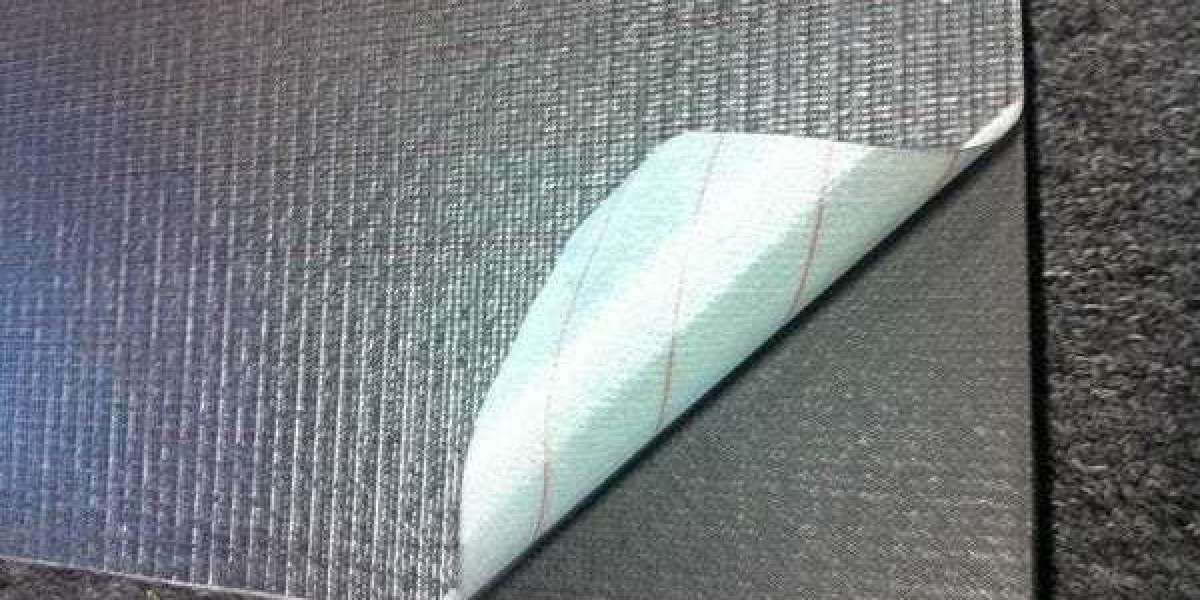Peel ply is a fabric used to manufacture composite materials to create a smooth surface and improve adhesion between layers. It is commonly used in the production of carbon fiber composites. This article will provide a detailed overview of peel-ply carbon fiber, its properties, and its applications.
What is Peel Ply and How Does it Work?
Peel ply is a thin fabric made of either polyester or nylon. It is applied on top of the composite material during the layup process. The primary function of peel ply is to create a smooth surface on the composite material. Once the layers of material are in place, the peel ply is applied on top, and then the composite is cured. After the curing process, the peel ply is removed, leaving behind a smooth surface that can be sanded or painted depending on the application.
Peel ply also enhances the adhesion between the layers of composite material. When peel ply is applied, it creates a textured surface that enables the resin to flow into the fabric's weave. This results in a stronger bond between the layers of composite material.
Using Peel Ply in Carbon Fiber Manufacturing
Carbon fiber composites are created by combining carbon fibers and resin. The carbon fibers provide strength and stiffness to the material, while the resin acts as a bonding agent. Peel-ply carbon fiber is used to create a smooth surface on the finished product, making it an ideal material for aerospace components and high-performance sports equipment.
During the manufacturing process, the carbon fiber manufacturer applies the peel ply to the composite material before the final resin layer is added. The peel ply helps create a smooth surface on the carbon fiber, improving its aesthetic appearance. It also enhances the adhesion between carbon fiber layers, resulting in a stronger overall product.
Benefits of Using Peel Ply Carbon Fiber
The use of peel-ply carbon fiber provides several benefits in the manufacturing process of composite materials.
- Firstly, peel ply creates a smooth surface on the composite material, enhancing its appearance and making it more aesthetically pleasing. A smooth surface also helps to reduce drag, making it useful in the production of high-performance sports equipment such as bicycles, tennis rackets, and golf clubs.
- Secondly, peel ply helps to improve adhesion between layers of composite material. The textured surface created by the peel ply enables the resin to flow into the fabric's weave, creating a stronger bond between the layers. This results in carbon fiber products with better overall strength and durability, making it suitable for use in aerospace components, automotive parts, and sporting equipment.
- Thirdly, using peel ply in the manufacturing process reduces the likelihood of contamination. It prevents air pockets from forming between the layers of composite material, reducing the risk of defects and increasing the product's quality.
- Finally, peel ply is easily removable after the curing process. It can be peeled off the surface of the composite material without causing any damage to the surface, making it an excellent choice for creating complex shapes and intricate designs.
Factors to Consider When Choosing Peel Ply Material
- When choosing peel ply material, it is essential to consider several factors. The first is the type of resin being used in the manufacturing process. Different resins have varying degrees of chemical reactivity, and using the wrong peel ply material can affect the quality of the final product.
- The second factor is the peel ply's weight and thickness. The weight and thickness of the peel ply determine the amount of resin that will be absorbed and can affect the overall strength of the final product.
- Finally, the texture of the peel ply material must be considered. The texture of the peel ply determines the amount of resin that will flow into the fabric's weave, affecting the bond between the layers of composite material. Choosing the right texture can help ensure a strong and durable final product.
Choosing the Right Peel Ply Material
It is essential to choose the right peel ply material when working with carbon fiber composites. The peel ply must be compatible with the specific resin being used and the manufacturing process. Proper selection of the peel ply material can help ensure that the final product meets the desired quality standards, whether it is carbon fiber sheets or tubes.
Conclusion
Peel ply carbon fiber is an essential component in the manufacturing of composite materials. It provides a smooth surface on the finished product, improves adhesion between layers of material, and reduces the risk of contamination. When choosing peel ply material, it is important to consider the type of resin being used, the weight and thickness of the peel ply, and the texture of the material to ensure the best possible outcome. By using peel ply carbon fiber in the manufacturing process, composite materials can achieve higher levels of strength, durability, and quality.
Source: https://medium.com/@nitprocomposites/what-is-peel-ply-carbon-fiber-83a205806402








